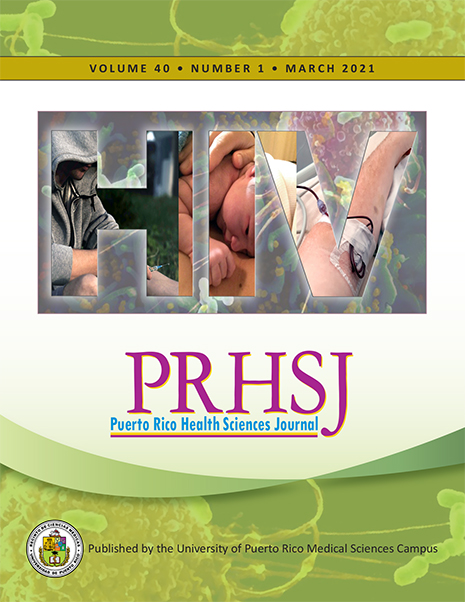Abstract
Objective: Evaluate the appropriateness of acetaminophen dosing by caregivers seeking care for their children/wards at the emergency department of a pediatric hospital. Methods: Design: Cross-sectional descriptive study. Setting: The emergency department of the University Pediatric Hospital in San Juan, Puerto Rico. Participants: Eighty-eight caregivers who had, in the past 24 hours, administered a known quantity of acetaminophen to a pediatric patient under their care and were visiting the emergency room with that patient. Intervention: The caregivers were interviewed by the investigators, using a standardized questionnaire. Main outcome measures: The appropriateness of the acetaminophen doses administered by caregivers. The product’s dosage form and strength, measurement device used (if any), and demographic data (of the caregiver and child) were also collected. Doses of 10 to 15 mg/kg of acetaminophen were considered appropriate. Results: Overall, 45% of the caregivers had administered an inappropriate dose. Of these, 70% were subtherapeutic and 30% were supratherapeutic. Although 74% of the caregivers knew their child’s/ward’s weight, only 50% had used it to determine the dose. Caregivers with previous experience (as caregivers) were most likely to have administered an inappropriate dose (P = 0.03). Physicians were the source most consulted (40%) by caregivers, followed by the product’s label (35%). Only 9% of the caregivers consulted a pharmacist for dosing recommendations. Conclusion: Nearly half of all the caregivers administered an incorrect acetaminophen dose, suggesting that there is a need for better caregiver education. Due to their accessibility at the point of sale of OTC medications and pharmacotherapy knowledge, pharmacists could have an active role in promoting the safe and effective use of acetaminophen.
Authors who publish with this journal agree to the following terms:
a. Authors retain copyright and grant the journal right of first publication with the work simultaneously licensed under a Creative Commons Attribution License that allows others to share the work with an acknowledgement of the work's authorship and initial publication in this journal.
b. Authors are able to enter into separate, additional contractual arrangements for the non-exclusive distribution of the journal's published version of the work (e.g., post it to an institutional repository or publish it in a book), with an acknowledgement of its initial publication in this journal.
c. Authors are permitted and encouraged to post their work online (e.g., in institutional repositories or on their website) prior to and during the submission process, as it can lead to productive exchanges, as well as earlier and greater citation of published work (See The Effect of Open Access).
